This device is not a prank but a serious technological development aimed at reducing vehicle collisions with kangaroos. It works by using directional speakers to emit sound beams specifically designed to deter kangaroos and is currently under development to be used on all types of vehicles, not just Volkswagen models.
The idea for the RooBadge came to life in Australia, where collaboration took place between Volkswagen and local entities such as the University of Melbourne and Wires, an Australian wildlife rescue organization. The University of Melbourne assisted in studying kangaroo behavior, while Wires provided real-time data on kangaroo locations. Additionally, Volkswagen has developed a separate license plate holder incorporating RooBadge technology, which was demonstrated on an Amarok pickup truck but is intended to be universally compatible.

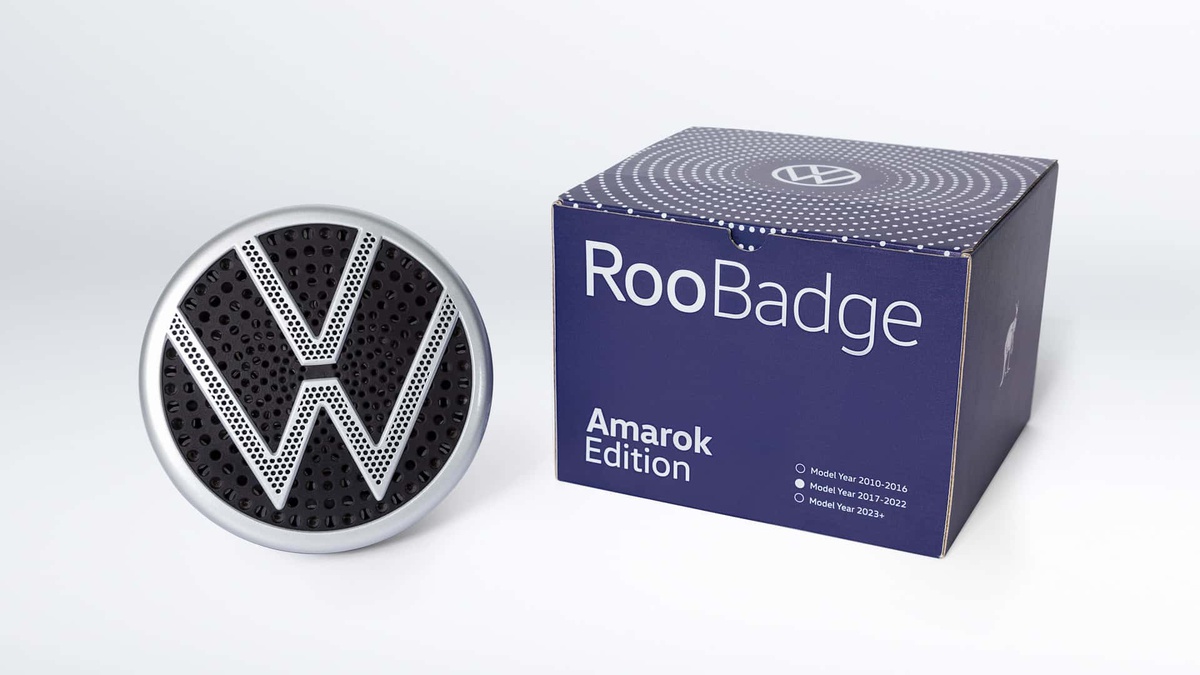

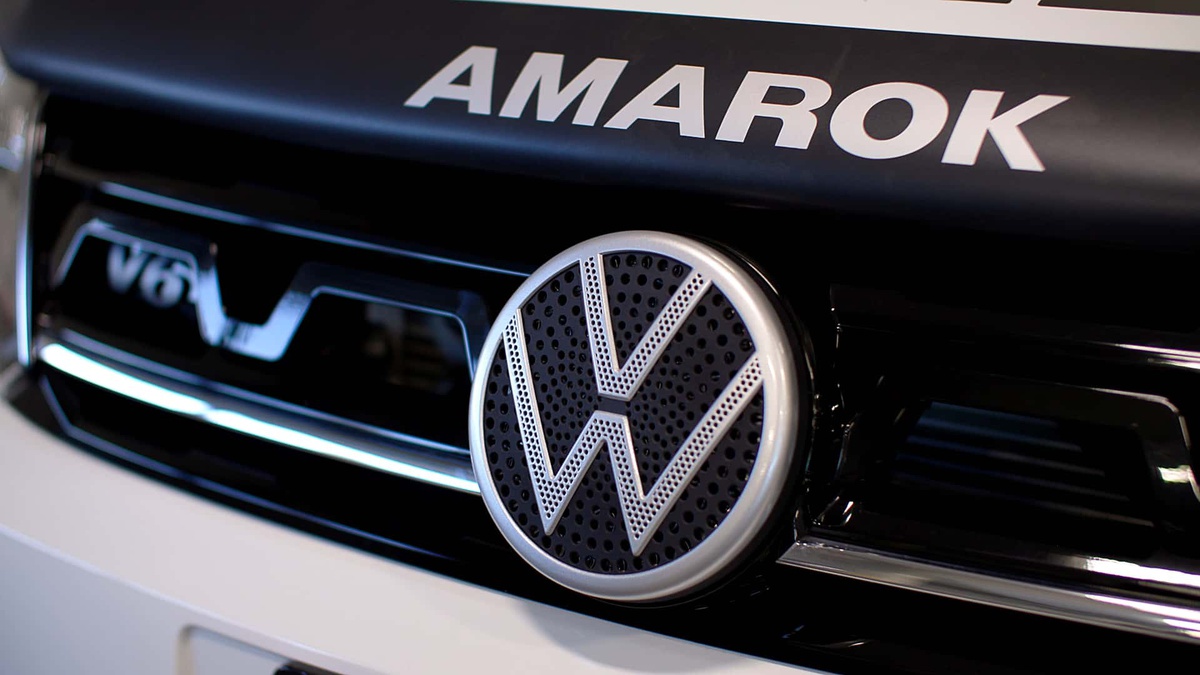
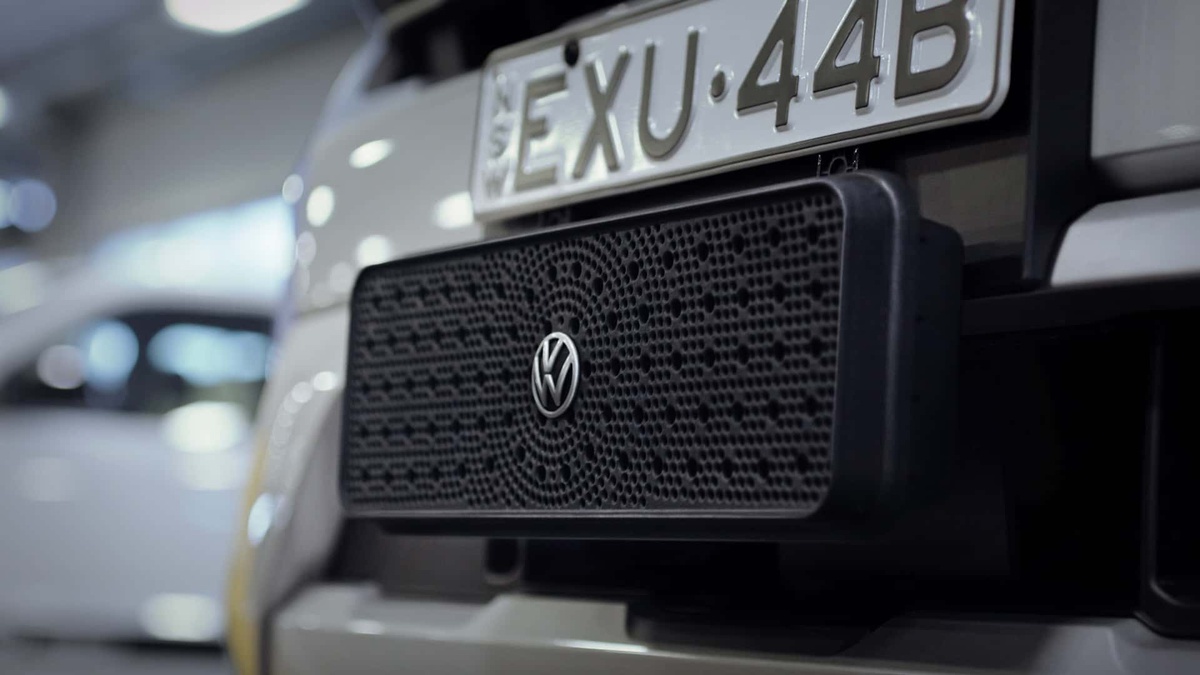
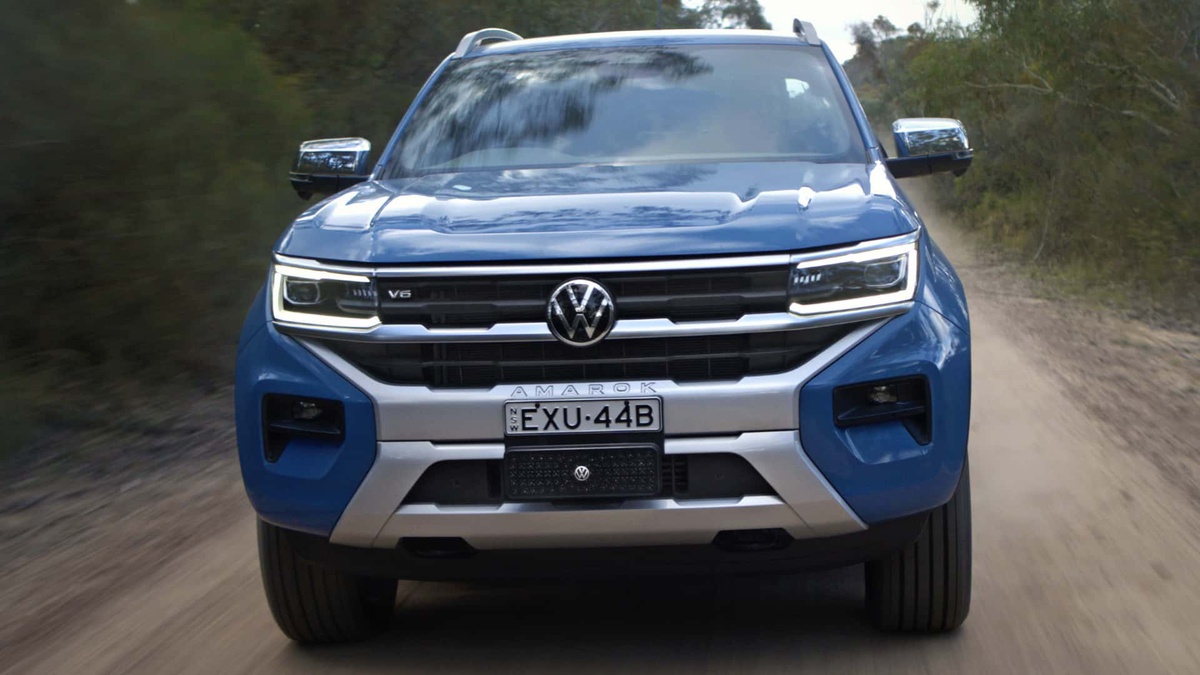
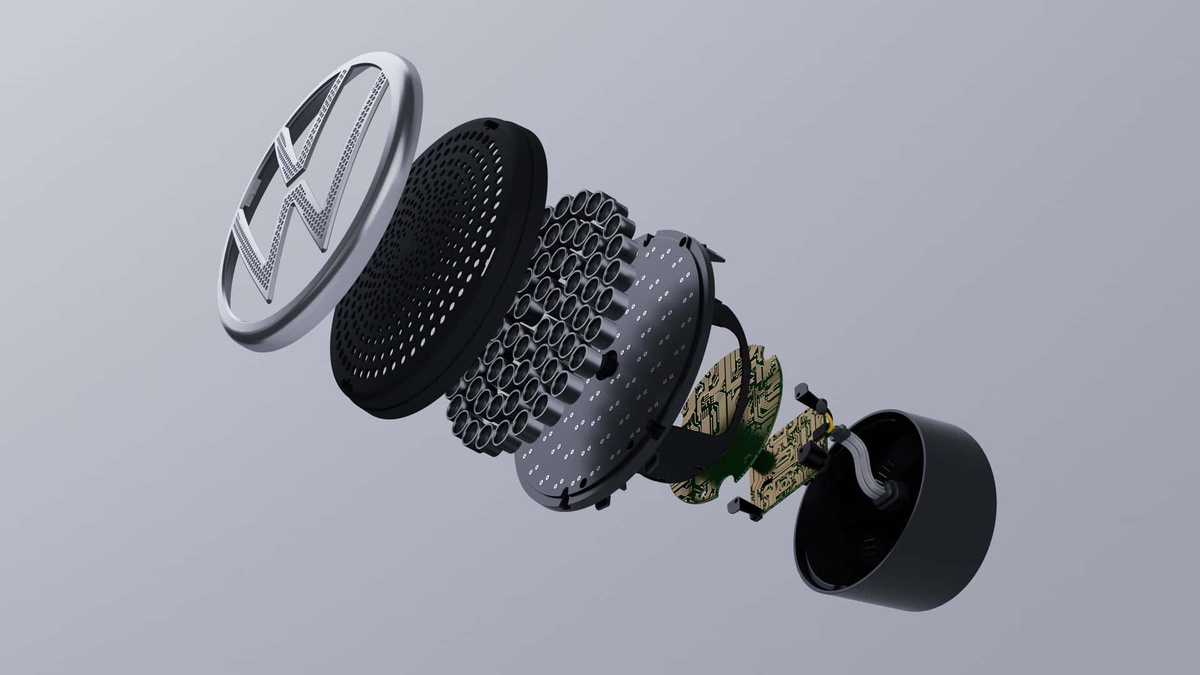
Volkswagen RooBadge
The technology behind the RooBadge targets three species of kangaroos: the Eastern Grey Kangaroo, Western Grey Kangaroo, and Red Kangaroo. It utilizes a mix of natural and synthetic noises tested initially on golf courses. More advanced testing involved equipment like directional speakers, 360-degree cameras, and motion sensors over six months in areas frequented by kangaroos. These tests confirmed the RooBadge's effectiveness when fitted on Amarok pickup trucks.
Further testing focused on moving vehicles was conducted at slow speeds with approval from The Office of Research Ethics. This aimed to evaluate how well the RooBadge hardware worked on vehicles in motion.
Looking ahead, Volkswagen plans to continue developing the RooBadge over three years with features like app integration for automatic sound emission in known collision hotspots and expanding its usage beyond Australia. Initial plans involve implementing it as a plug-and-play solution for the Amarok vehicle by replacing the original badge. There are also discussions about adapting the technology for use in Europe and the United States to deter other animals.
Source: Volkswagen
.jpg)
